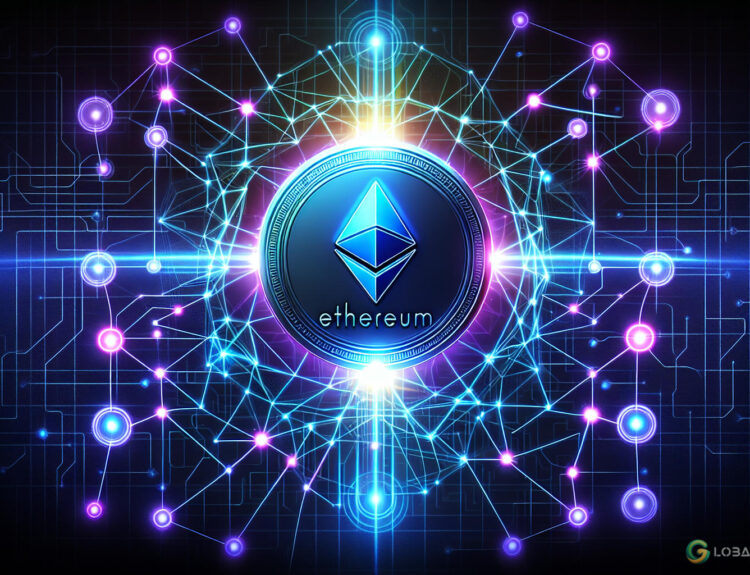Discover how Decentralized Physical Infrastructure Networks (DePIN) are transforming sectors like telecommunications, cloud computing, transportation, and energy distribution. Traditionally dominated by tech giants, these industries are now seeing a shift towards community-driven infrastructure development through blockchain protocols.
What is DePIN in Crypto?
DePIN is the convergence of blockchain technology with physical infrastructure services, utilizing cryptocurrency to enhance essential services. This new wave of decentralized applications (dapps) combines digital and real-world services, opening up a world of possibilities.
Coining the term in November 2022, Messari introduced DePIN as a groundbreaking trend in peer-to-peer infrastructure. With over 650 projects and a market cap exceeding $20 billion in 2023, DePIN has emerged as a resilient sub-sector within the crypto industry.
Categories of DePIN
Messari identified two primary categories of DePIN networks based on their contributions: Physical Resource Networks (PRNs) and Digital Resource Networks (DRNs). These networks offer unique solutions to diverse challenges, spanning cloud and storage, wireless, sensor, and energy networks.
How Do DePINs Work?
DePINs operate on decentralized blockchain technology, distributing control and responsibility across a network. Participants are rewarded with cryptocurrency for contributing resources like computing power, internet connectivity, or storage capabilities.
DePIN projects leverage native crypto tokens to drive a flywheel effect, where user engagement increases demand for tokens, driving up their value. This cycle of growth and innovation propels network expansion and attracts additional capital and support.
Advantages of DePIN Technology
- Scalability: DePINs leverage crowdsourced infrastructure for faster expansion.
- Community Empowerment: Ownership is distributed among users, fostering collaboration.
- Transparent Governance: DePINs champion open and democratic decision-making processes.
- Accessible Participation: DePINs prioritize open access and censorship resistance.
- Cost Efficiency: DePINs aim to lower costs by leveraging competitive service providers.
- Incentivization: Structures drive participation and growth through rewards for service providers.
DePIN Challenges
Despite its potential, DePIN faces challenges such as limited interest and adoption, complexity, financial requirements, and provider profitability. Overcoming these hurdles is crucial for the widespread adoption and success of DePIN projects.
Future of DePINs in Web3
Experts see DePINs as a step forward in shaping the future of web3 by addressing the limitations of centralized systems. By distributing tasks across multiple components, DePINs aim to create a more resilient network and democratize technology and processes.
As innovative projects like Render (RNDR) disrupt traditional markets, DePINs have the potential to revolutionize infrastructure development and drive greater accessibility in web3. By empowering communities to collaborate in building and maintaining infrastructure, DePINs could challenge monopolistic practices and promote decentralized solutions worldwide.
Explore more news and updates on Global Crypto News to stay informed about the latest developments in the crypto world.
























